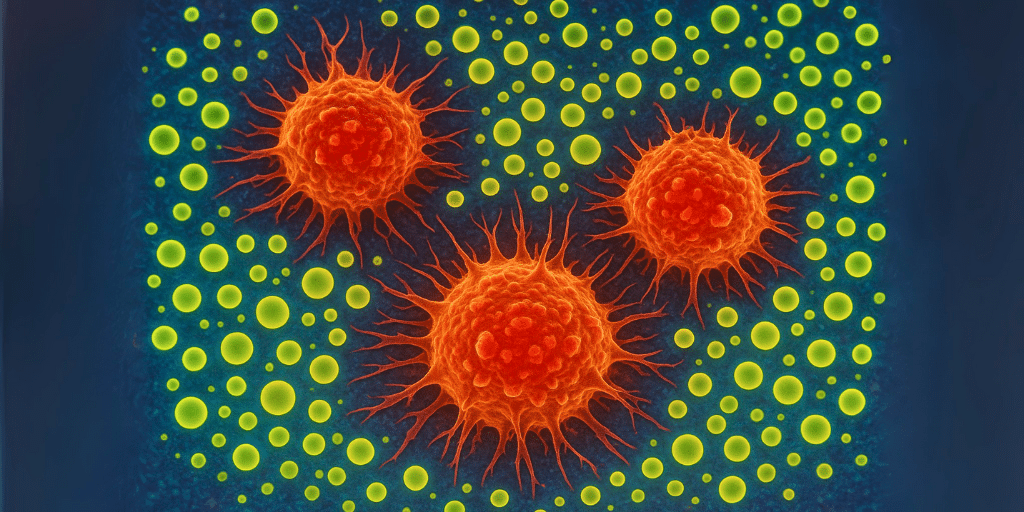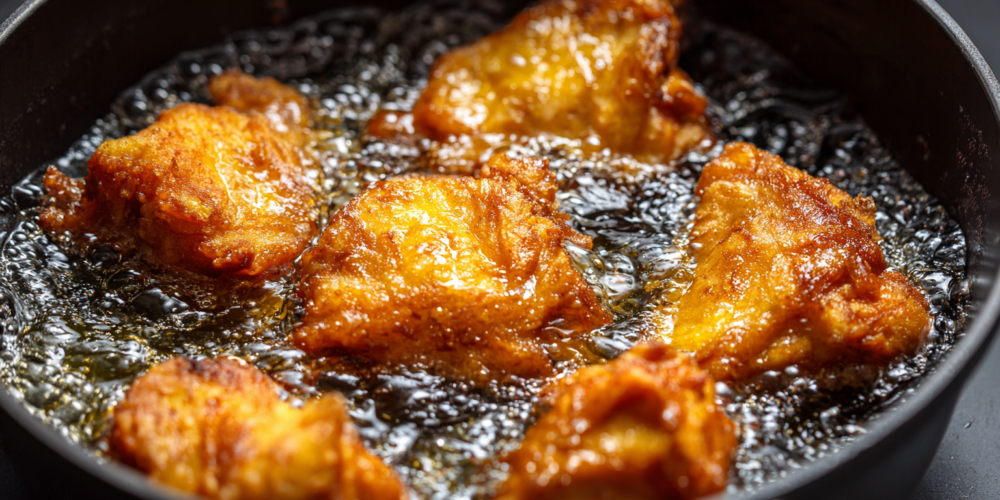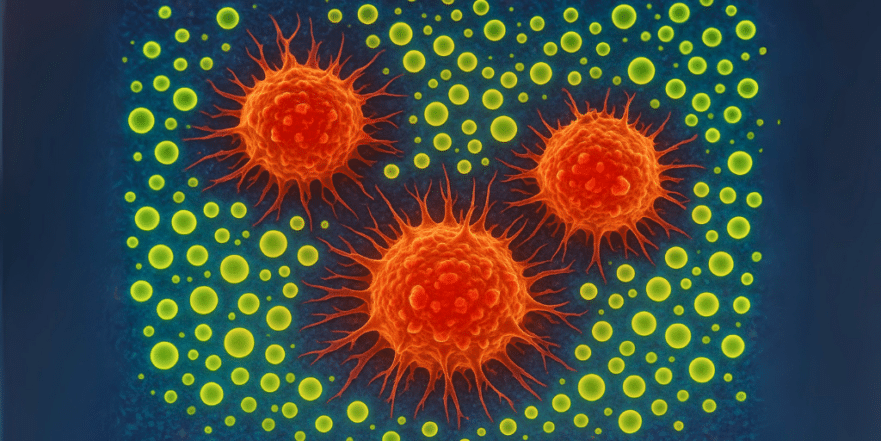
Many of us know that fats are a key part of our diet, and that some are healthier than others. But did you know that a common fat found in everyday cooking oils could be playing a role in a particularly dangerous type of breast cancer?
A groundbreaking new study from researchers at Weill Cornell Medicine in the U.S. has uncovered how a specific kind of fat may be helping triple-negative breast cancer grow faster. This is a significant finding because this type of breast cancer is known for being more aggressive and harder to treat than other forms.
Key Takeaways
- A common dietary fat called linoleic acid, found in many seed oils and processed foods, may accelerate the growth of triple-negative breast cancer.
- The study found that this fat activates a key growth pathway in cancer cells, but only when a specific protein, FABP5, is present in high amounts.
- These findings could lead to new dietary recommendations for patients and the development of FABP5 as a “biomarker” to guide treatment.
- The research suggests a direct link between a component of the Western diet and the progression of an aggressive cancer.
What is Linoleic Acid and Why Does It Matter?

The fat at the center of this discovery is linoleic acid. It’s an omega-6 fatty acid, which is a type of fat your body needs for essential functions like brain health and cell growth. You can find it in many common foods, including seed oils like soybean and safflower oil, as well as in pork and eggs. Since the 1950s, linoleic acid has become much more prevalent in Western diets, largely due to the rise of fried and processed foods made with these oils.
While your body needs omega-6 fats, scientists have long wondered if consuming too much of them could be harmful. This new study is one of the first to provide a clear explanation for how high levels of linoleic acid might specifically help cancer cells thrive.
The Scientific Breakthrough: How This Fat Fuels Cancer
So, how exactly does this work? The researchers discovered that linoleic acid can switch on a critical growth pathway in cancer cells known as mTORC1, which acts like a green light for cells to grow and consume nutrients. But here’s the crucial part: this only seems to happen in triple-negative breast cancer cells.
The reason is that these specific cancer cells have high levels of a protein called FABP5. When linoleic acid enters the cell, it binds to FABP5. This combination is what activates the mTORC1 growth signal, effectively telling the cancer to grow more aggressively. In other types of cancer cells without high levels of FABP5, linoleic acid doesn’t have the same effect.
From the Lab to Real-World Evidence
To confirm their theory, the scientists conducted several tests. They fed mice that had triple-negative breast cancer a diet high in linoleic acid. The results were stark: the tumors in these mice grew faster and were more aggressive compared to those in mice on a different diet.
Furthermore, the team analyzed blood and tumor samples from human patients. They found that people newly diagnosed with triple-negative breast cancer had higher levels of both linoleic acid and the FABP5 protein, strengthening the link between their lab findings and what happens in people.
What This Means for You and Future Cancer Treatment
These findings are incredibly important. They show a direct mechanical link between something you eat and how certain cancers can grow. This could revolutionize how we approach cancer care.
First, the protein FABP5 could be used as a “biomarker.” This means doctors might one day be able to test for high levels of this protein in your tumor to provide personalized dietary advice. For patients with high FABP5, a diet lower in linoleic acid might help slow the cancer’s progression. Second, this discovery opens the door for developing new drugs that could block this fat-fueled growth pathway. The researchers also noted that this same mechanism might be at play in other diseases, including some prostate cancers, obesity, and diabetes.
Conclusion
In summary, this powerful study reveals how a common fat in our food may be helping a hard-to-treat cancer grow faster. While more research is needed before any official dietary guidelines are changed, this is a major first step. It connects the dots between diet and disease in a new way, offering hope for better, more personalized treatments for patients with triple-negative breast cancer.
Scientific References
- The primary study discussed is published in Science. For more details, see: “Linoleic acid and FABP5 mechanistically link the Western diet to triple-negative breast cancer.” Science. https://www.science.org

